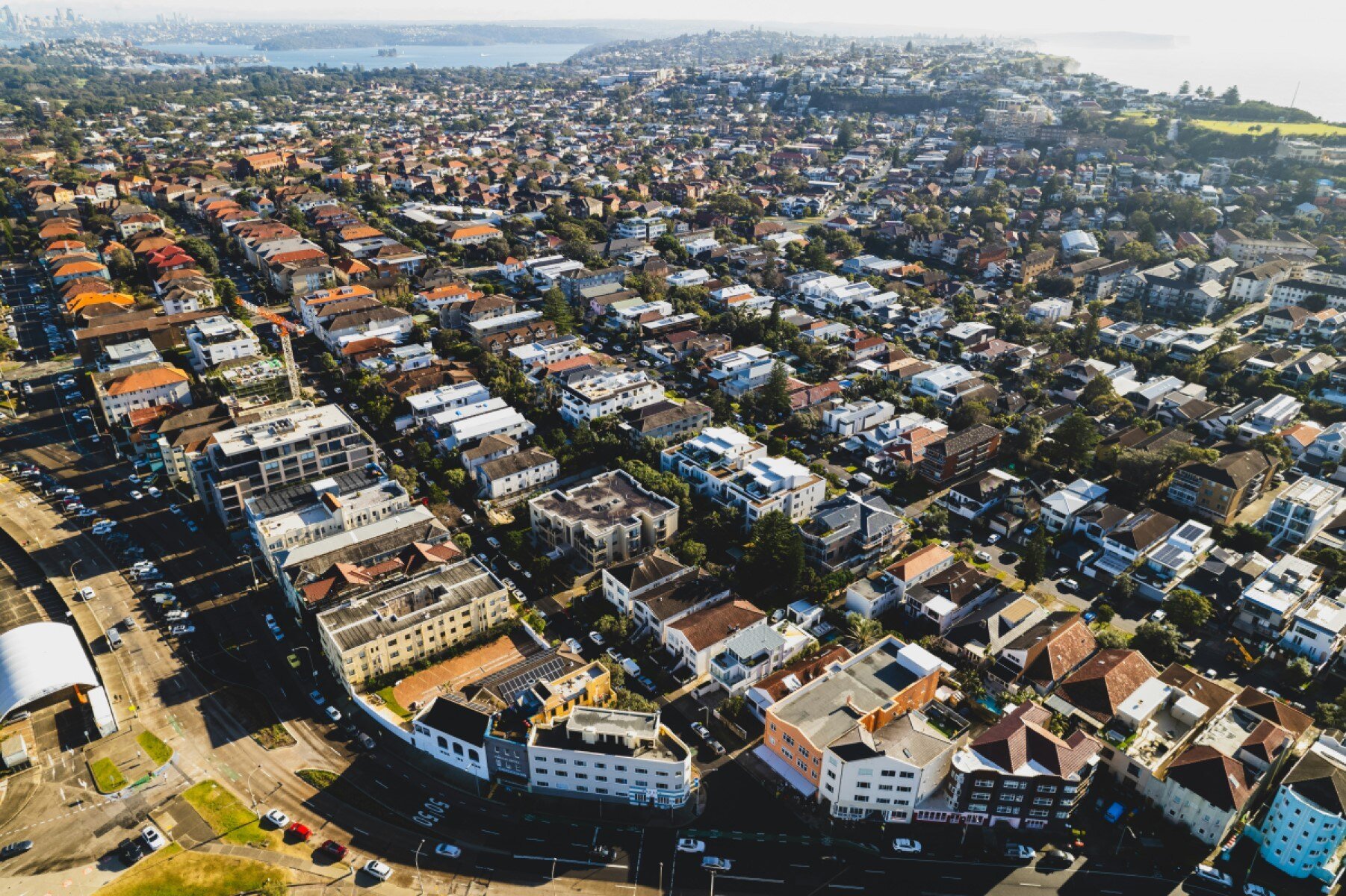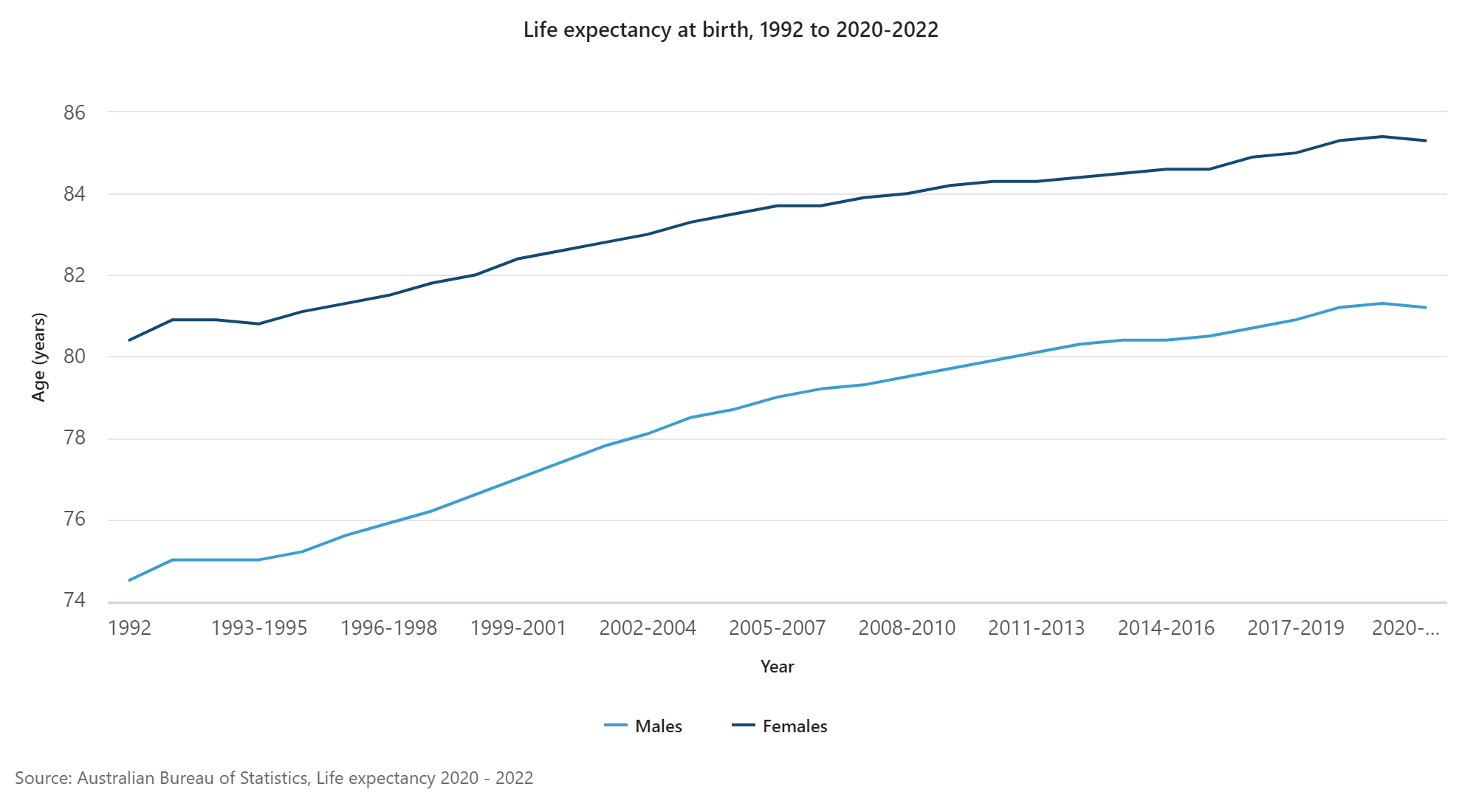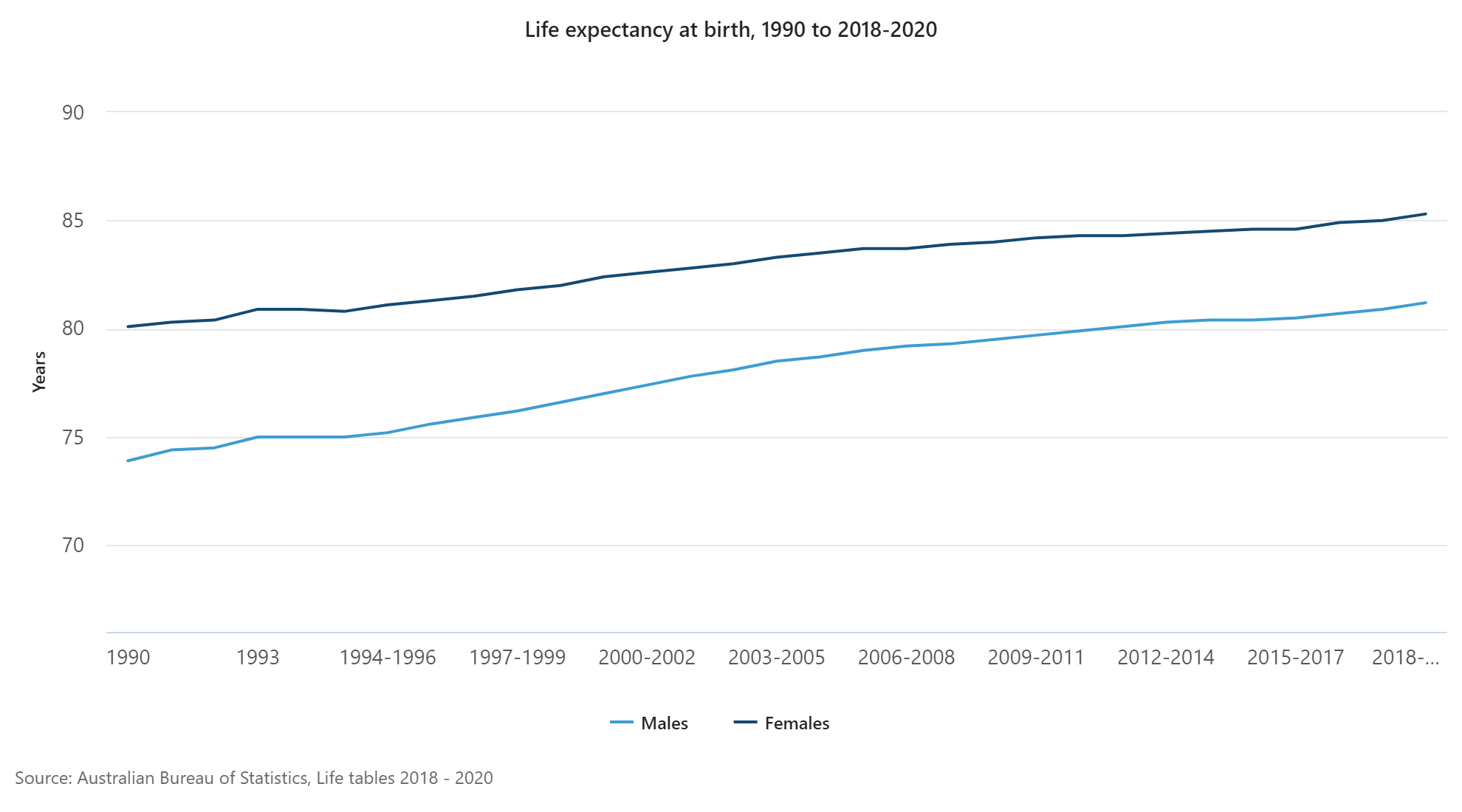Since the release of the 2011 Census results we’ve been commenting (and blogging) about the massive population growth in Australia since 2006, particularly in Capital cities and surrounding suburbs.
Along with this population growth has come increased density in many areas, and of course more urban sprawl.
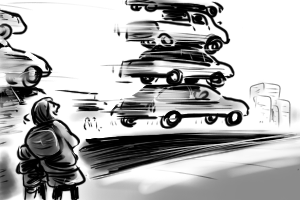
Method of travel to work
For transport, this means more cars are being carried on the roads, (even though more roads are being built) and commute times have blown out. In Sydney, some North Shore commuters suffer an average commute speed of just 18 km/h. (from Car Advice 2011)
It also doesn’t help that seemingly just about every road is undergoing road works, but that’s a topic for another blog.
The following chart illustrates the issue – most people drive cars to get to work. And you can also see, not too many travel to work as a passenger.
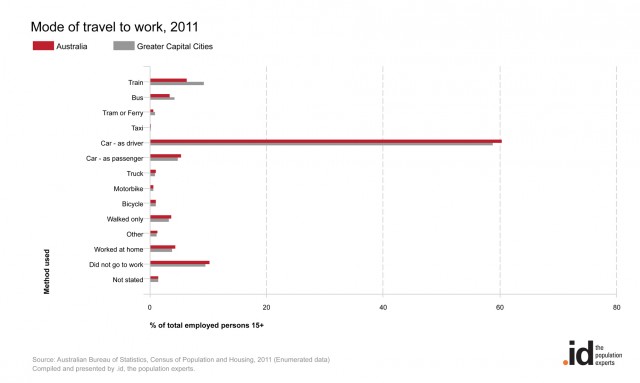
And the trend since 2006 has shown that even more people going to work in their car, although train travel has seen strong growth too:
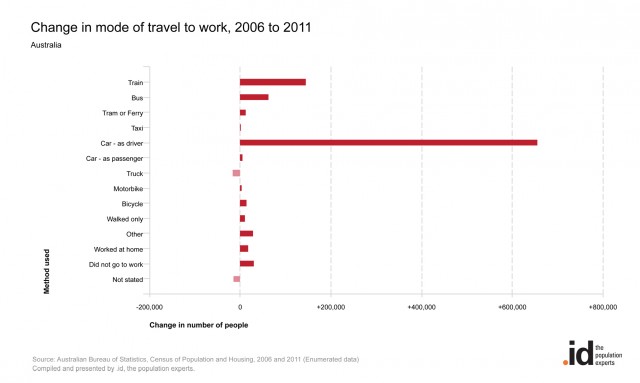
A solution to traffic congestion?
So what’s the answer? Car pooling?
Perhaps, but the arguments against car pooling, such as needing to leave the office at the same time and travel directly home are also similar arguments used against some forms of public transport.
Some years ago when on vacation in Thailand, I noticed the incredible volume of traffic (that all seemed to be moving along nicely, if not also a bit chaotically!) being carried on the inner City roads, because just about everyone was using a motorcycle or scooter and they were filling all the lanes. In fact they were completely ignoring the lanes.
Now, (I thought) if only everyone in Australia had a scooter or motorbike, surely there would be much more room on the roads for more commuters.
But alas, again there are arguments against motorcycles like lack of luggage capacity, exposure to the elements , safety, and so on.
But it turns out I wasn’t Robinson Crusoe thinking this way, as major car manufacturers are now turning their CAD machines to a new category of cars called NTV’s (Narrow Track Vehicles)
NTV’s are being designed to help the problems of traffic congestion by being about half the width of a normal car.
This makes sense, as most cars in commuter traffic are carrying just one person – so why not make a car that can only take one (or maybe two) people?
Here’s the latest Nissan “Land Glider” concept, seen with Nissan CEO Carlos Ghosn.
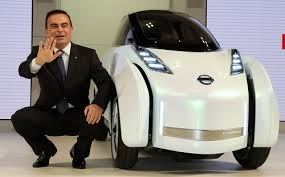
The main problem of a narrow track vehicle is lateral stability – that is, in a tight corner centrifugal force will tend to make it want to tip over, which is not ideal for safety.
So this is where motorcycle thinking comes back in – latest NTV designs have incorporated a system to enable the car to lean, like a motorcycle, to retain stability. Not to mention more fun!
Finally, NTV’s will require some policy and legislative change, as we won’t see much improvement in traffic congestion if they simply travel in the same lanes in the same way as normal cars.
To be effective, NTV’s would need to be allowed to travel side by side in existing lanes, especially during peak traffic periods.
I wonder when we will see them appear on Australian roads?
What do you think about the car? If you have other ideas on how to solve traffic congestion, please send us your comments!







